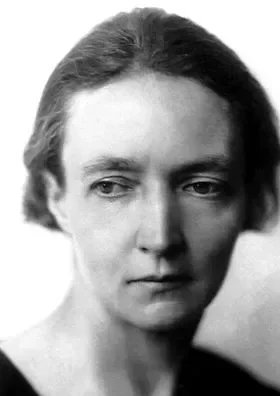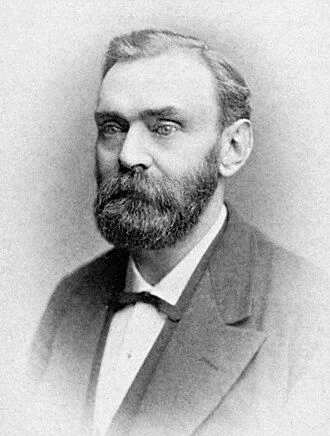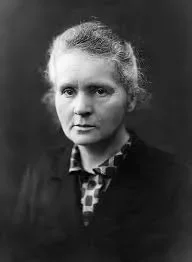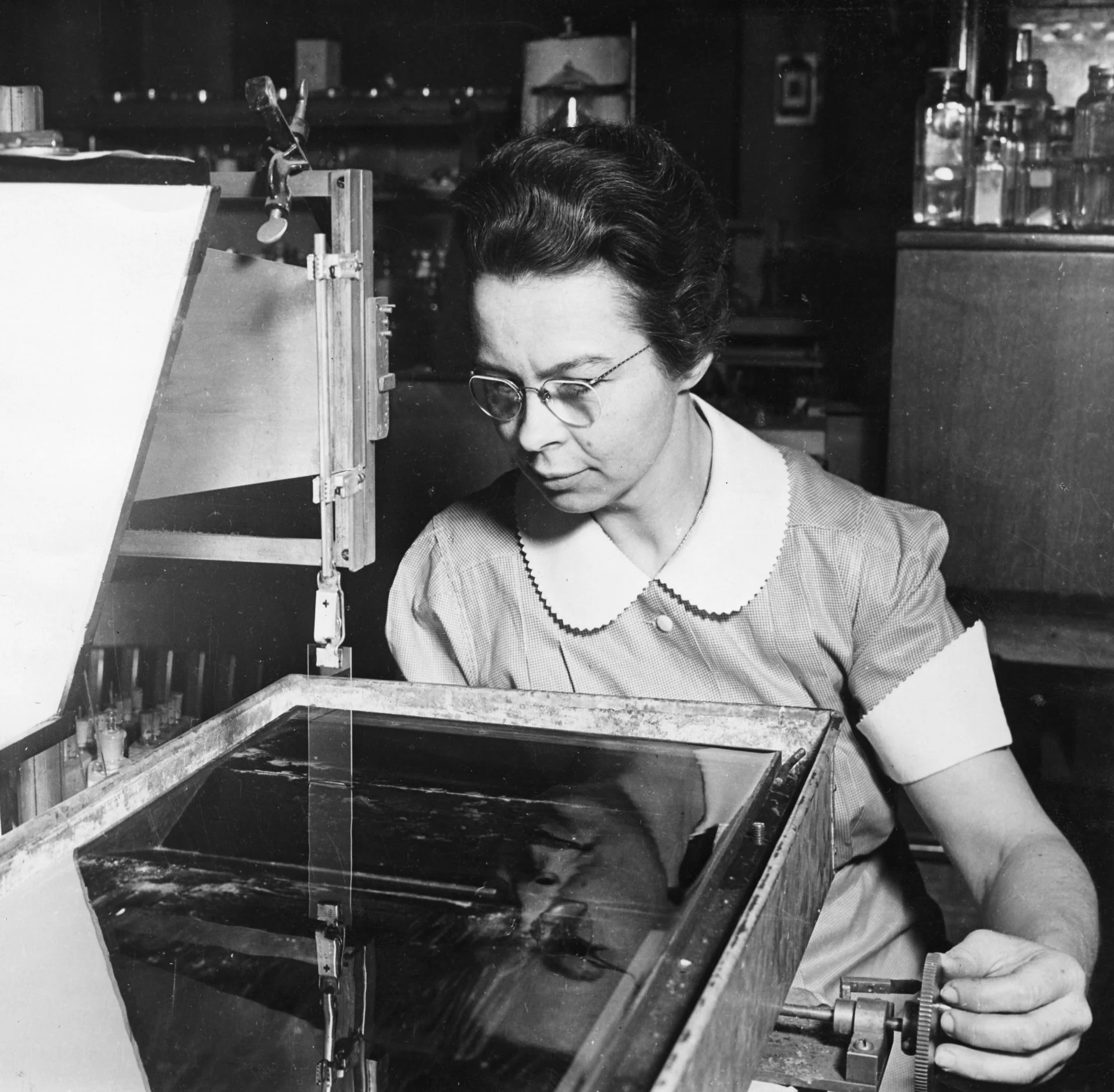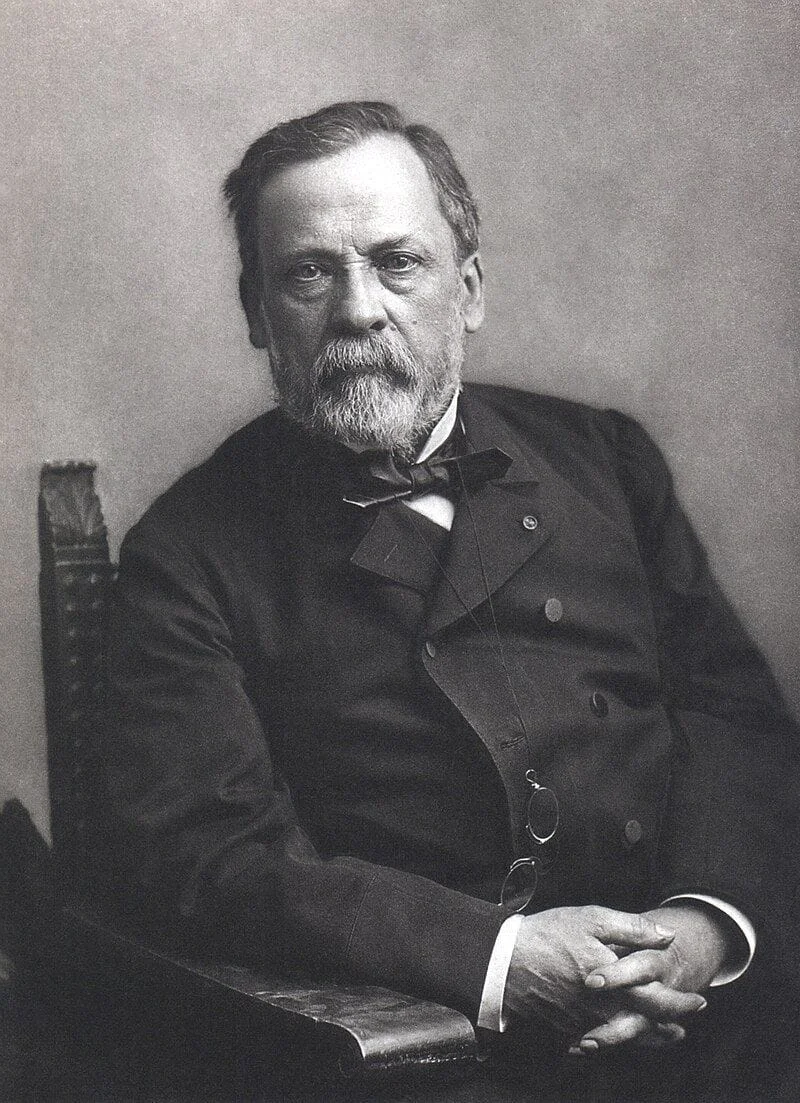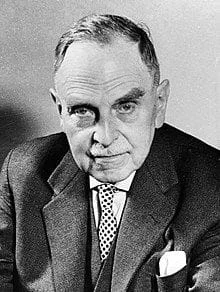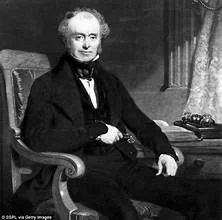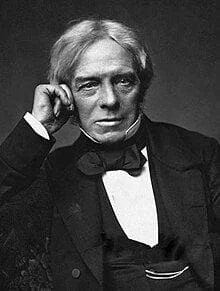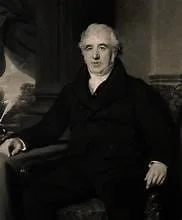Real Celebrities Never Die!
OR
Search For Past Celebrities Whose Birthday You Share

source:https://ars.els-cdn.com/content/image/1-s2.0-S2451929421001005-gr1.jpg
Rosalind Franklin
Birthday:
25 Jul, 1920
Date of Death:
16 Apr, 1958
Cause of death:
Ovarian cancer
Nationality:
British
Famous As:
chemist
Age at the time of death:
37
Early Life and Education
Rosalind Franklin, also known as Rosalind Elsie Franklin, was a British chemist and X-ray crystallographer who made notable contributions to the discovery of the structure of DNA. She was born on July 25, 1920, in London, England, into an educated and financially sound Jewish family. Her father, Ellis Arthur Franklin, was a merchant banker, and her mother, Muriel Franklin, came from a family involved in the teaching profession.
Rosalind Franklin showed a keen interest in science and was passionate about physics and chemistry from an early age. She attended St Paul’s Girls’ School, where she excelled in her academics and earned a scholarship to Newnham College, Cambridge, where she studied physical chemistry.
Academic and Early Research Career
At Cambridge, Franklin completed her undergraduate degree in 1941, decided to focus on research, and pursued a Ph.D. in the field of coal utilization. After graduating, she received the opportunity to conduct research at Cambridge. However, due to World War II, she gave up her fellowship to work for the British Coal Utilisation Research Association.
In 1945, Rosalind Franklin received a doctorate from Cambridge and started pursuing X-ray diffraction technology at the State Chemical Laboratory in Paris. She conducted research on the structural properties of coal and other carbon-based materials before changing her focus to biological macromolecules.
Work at King’s College and DNA Research
In 1951, Franklin joined King’s College as a research fellow and began her work on DNA fibers using X-ray crystallography. Franklin created an X-ray diffraction image, captured in 1952, known as **“Photo 51,”** which provided crucial insights into the helical structure of DNA. Franklin also discovered the double helix structure of DNA with the X-ray crystallographic data she obtained. This discovery assisted **James Watson and Francis Crick** in developing the DNA model.
Viral Research Contributions
After her DNA research, Franklin began studying the structure of the tobacco mosaic virus and the polio virus. Her work on these viruses significantly advanced scientific knowledge of the mechanisms of viruses and their structures.
Recognition and Legacy
Franklin was elected as a **Fellow of the Royal Society** in 1956 for her scientific contributions. Her contributions were recognized posthumously with the awarding of the title **Companion of the Order of the British Empire (CBE)** in 2002. The Royal Society also awarded her the prestigious **Copley Medal** in 2003.
Rosalind Franklin’s work paved the way for future research in molecular biology, genetics, and virology.
Illness and Passing
Rosalind Franklin passed away on April 16, 1958, at the age of 37, in Chelsea, London. Franklin had been diagnosed with ovarian cancer in 1956, likely due to exposure to X-ray radiation. Despite undergoing cancer treatment, she continued her research and attempted to establish her own research group at Birkbeck College, London. However, her health deteriorated rapidly, and she passed away before fulfilling her plans.
Rosalind Franklin's Quote's
Enduring Impact
Despite her shortened life, Rosalind Franklin made a profound impact on the scientific community. Her groundbreaking contributions to DNA and viral research remain vital to our understanding of molecular biology and genetics. Her dedication and perseverance continue to inspire scientists worldwide.
Name:
Rosalind Franklin
Popular Name:
Rosalind Franklin
Gender:
Female
Cause of Death:
Ovarian cancer
Spouse:
Place of Birth:
Notting Hill, London, England
Place of Death:
Chelsea, London, England
Occupation / Profession:
Personality Type
Logistician: Practical and fact-minded individuals, whose reliability cannot be doubted. Her strong logical thinking was the foundation of her achievements.
Rosalind Franklin discovered her calling early, but her father didn't believe that women should be college-educated.
Rosalind Franklin's university refused to acknowledge her scholastic achievements for years.
Australian astronomer John Broughton discovered an asteroid, which he named 9241 Rosfranklin.
Discovered the density of DNA
Established that the DNA molecule existed in a helical conformation
